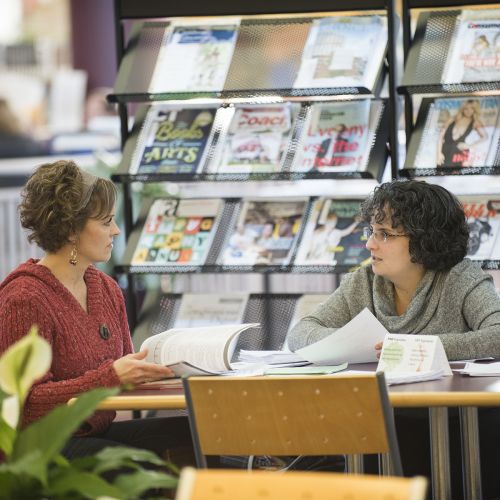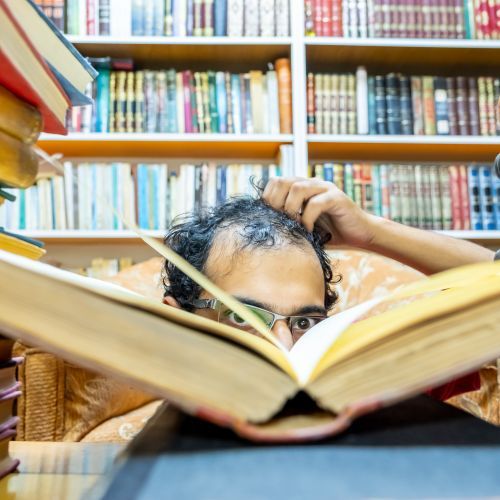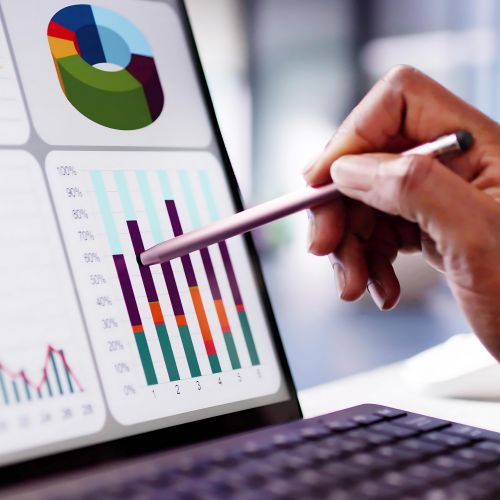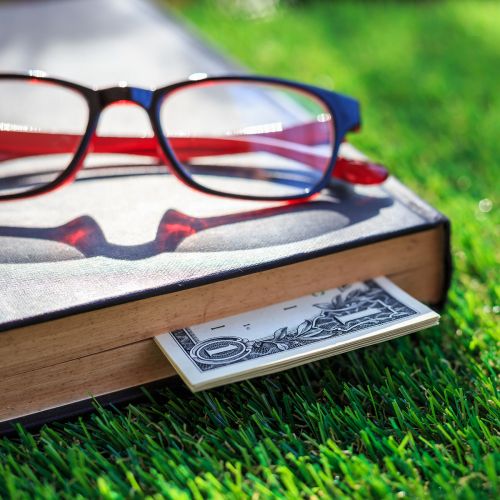
Copyright Overview
Copyright law is a crucial part of academic life, impacting how we create, use, and share intellectual works. This page provides an overview of key copyright principles and practical guidance to help you navigate your responsibilities as a user of copyrighted material.
What is Copyright? Copyright is the legal protection given to original creative works. It grants the creator a "bundle of rights" over the work, including the right to:
- Reproduce the work (make copies).
- Distribute copies of the work.
- Prepare "derivative works" (new works based on the original).
- Publicly perform or display the work.
How Do You Get Copyright? You don't need to register your work or add a copyright notice (©). Copyright protection is automatic the moment the work is created and "fixed"in a tangible medium (e.g., writing it down, saving a file, taking a photo).
Who Owns the Copyright?
- The author or creator is generally the first owner of the copyright.
- The "Work Made for Hire" Exception: A "work made for hire" is a work created by an employee within the scope of their employment, or a work specially commissioned under a written agreement. In these cases, the employer or commissioning party may be considered the copyright owner, not the individual creator.
When you publish a book or article, you are often asked to transfer your copyright to the publisher. It is a common misconception that this is a requirement for publication. You can negotiate with the publisher to retain some of your rights, such as the ability to use your own work for teaching or to post a version in an institutional repository. Retaining these rights helps you maintain control over your scholarly legacy.
Copyright protection lasts for a very long time: generally, the author's life plus 70 years. Once copyright expires, a work enters the public domain and can be used freely by anyone. Some works, like those created by the U.S. government, are in the public domain from the start. Copyright also does not protect facts, ideas, or discoveries.
You can proactively grant the public permission to use your work. Creative Commons (CC) licenses are a popular and simple way to do this, allowing you to specify exactly how others can use your work without needing to ask for individual permission.
What is Fair Use?
Fair Use is a legal principle that allows for the unlicensed use of copyrighted material under certain conditions. It's a flexible, case-by-case analysis based on four factors:
Weighing the Four Factors
A Fair Use analysis is not a checklist where a simple majority of factors guarantees a conclusion. Instead, it requires weighing all four factors together to come to a conclusion on a case-by-case basis. No single factor is decisive; a strong argument in one factor might outweigh a weaker one in another. The ultimate goal is to assess whether the use is a reasonable and appropriate exception to the copyright owner's rights.
FAQs: Using Copyrighted Material
Library Copyright Services
The library is your partner in navigating copyright issues. We can provide guidance and resources to support your teaching, research, and publishing needs.

Consultations
Schedule a one-on-one consultation with one of our librarians. We can help you with:
- Understanding what you can (and can’t) use in class
- Analyzing a Fair Use question for your course materials.
- Understanding the terms of a publishing contract.
- Identifying copyright owners to request permission.
- Choosing the right Creative Commons license for your work.

Assistance with Seeking Permission
If you need to request permission to use a work, we can help you find the copyright owner, draft a permission letter, and understand the terms of a licensing agreement.

Digital Tools
We provide access to tools and resources that help you manage copyright, such as interpreting license restrictions on existing works or guidance on selecting the right open license for your own work.

Locating Open & Affordable Resources
We can help you find high-quality Open Educational Resources (OER) and other affordable materials to use in your courses, saving you and your students money.
The Principles of "Open" and Your Work
What is "Open Education?" Open Education is a movement that promotes the free and open access to educational materials. This is achieved through the use of Open Educational Resources (OER): teaching, learning, and research materials that are either in the public domain or licensed in a manner that allows for free use, reuse, adaptation, and sharing.
The "5R" Permissions: The core of "open" is not just about free access, but about the right to make changes. When a work is openly licensed (such as those with a Creative Commons license), it grants users the "5R" permissions:
- Retain: The right to make, own, and control copies of the content.
- Reuse: The right to use the content in a wide range of ways (e.g., in a classroom, in a study group, on a website).
- Revise: The right to adapt, modify, translate, and change the content.
- Remix: The right to combine the original or revised content with other material to create something new.
- Redistribute: The right to share copies of the original content, your revisions, or your remixes.
How does this relate to copyright? Open Education is a strategic choice that uses copyright to empower teaching and learning. By selecting and using openly licensed materials, you are choosing to rely on the permissions granted by the copyright owner rather than relying on a case-by-case Fair Use analysis. If you choose to create and openly license your own materials, you are using your copyright to benefit the broader academic community and the public. You are still the copyright holder, but you are proactively and non-exclusively licensing your work to enable the 5R Permissions for others.
